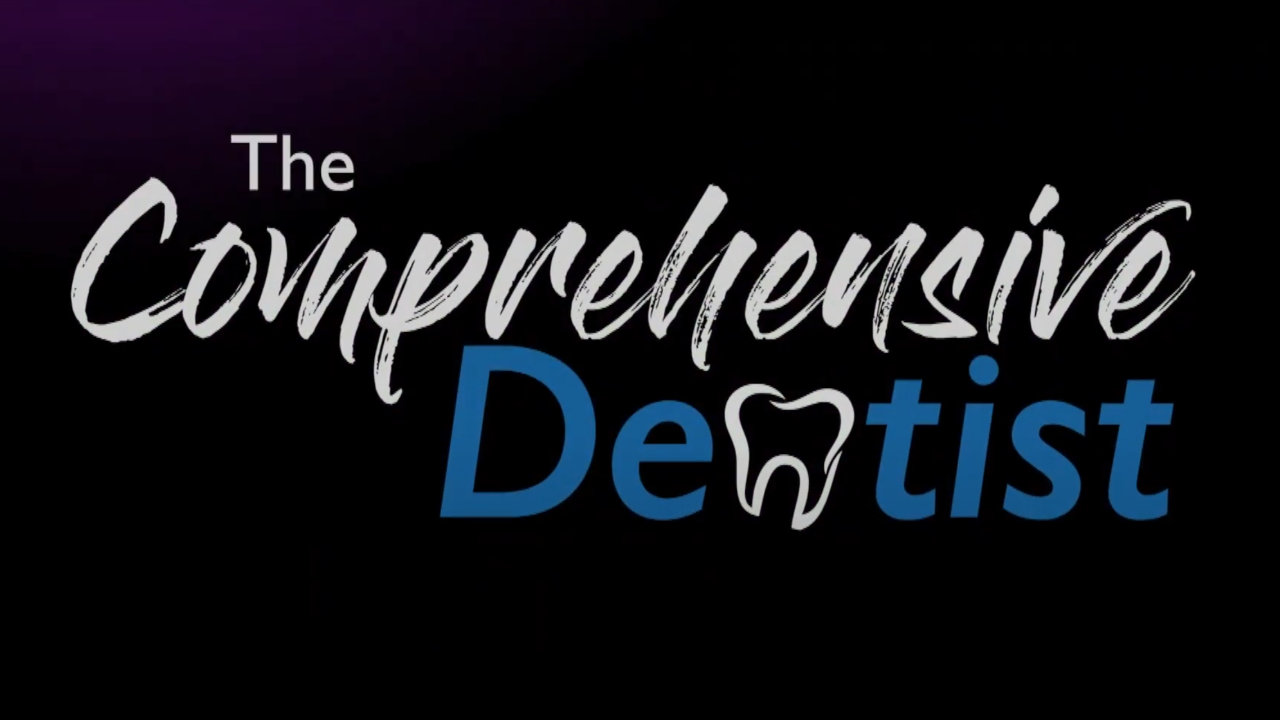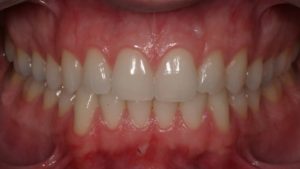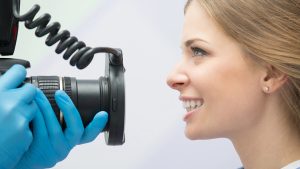If you want to take good dental photographs, you need to understand things like aperture, shutter speed, ISO, and white balance. Having your camera set to the proper settings will make all the difference between a great photo and a subpar one. Let’s talk about camera settings for dental photography.
Hello and welcome to another video from The Comprehensive Dentist. My name is Dr. B, and today we are looking at camera settings. Now, right out of the gate, I want to put a little disclaimer here. There are many ways to take dental photographs. I’ve been teaching and studying dental photography for eight years now, and I’ve noticed a lack of consistency among instructors. Different people shoot in different modes and have varying preferences for settings. So, what I’m telling you today is my take on dental photography camera settings, and you’ll find that my approach is practical and makes sense. However, it’s not the only way.
My process is to have a starting point for your photos and then make adjustments to the settings to improve the image quality. The main focus of adjustments is obtaining good exposure. Camera settings can even differ based on factors like camera brand, sensor type, lenses, and flashes. The settings I share are a starting point. If you understand aperture, shutter speed, ISO, and how to control flash output, you can fine-tune your camera for consistent, high-quality results. I recommend starting with the settings I suggest and then adjusting the aperture, shutter speed, ISO, and flash as needed to achieve better results.
Starting Settings:
- Image quality: Choose RAW or JPEG (choose largest JPEG file size for best quality)
- Picture style: Shoot in standard picture style
- White balance: Use flash white balance setting or daylight setting
- ISO: Set to the lowest possible value (around 100) to minimize noise
- Aperture: Use f/11 for extraoral full-face images, f/25 for extraoral up-close and intraoral images
- Shutter speed: Start with 1/200th of a second
- Autofocus: Consider manual focus for more control
To recap, remember that these are starting points, and you’ll need to review the image and histogram after taking a shot to assess exposure. Set your camera to manual mode, choose RAW or JPEG (with largest size for JPEG), use the standard picture style, adjust white balance for flash or daylight, set ISO to a low value, set aperture based on the type of image, start with a shutter speed of 1/200th of a second, and consider manual focus. These settings will give you a foundation to work from, and you can make adjustments as needed for optimal results.
Thank you for watching and learning, and I’ll see you next time!






